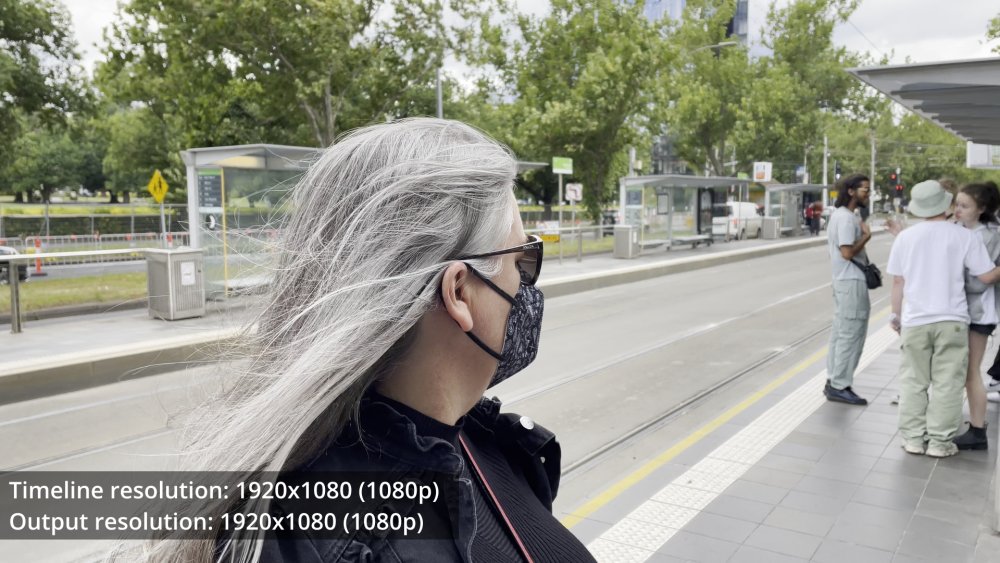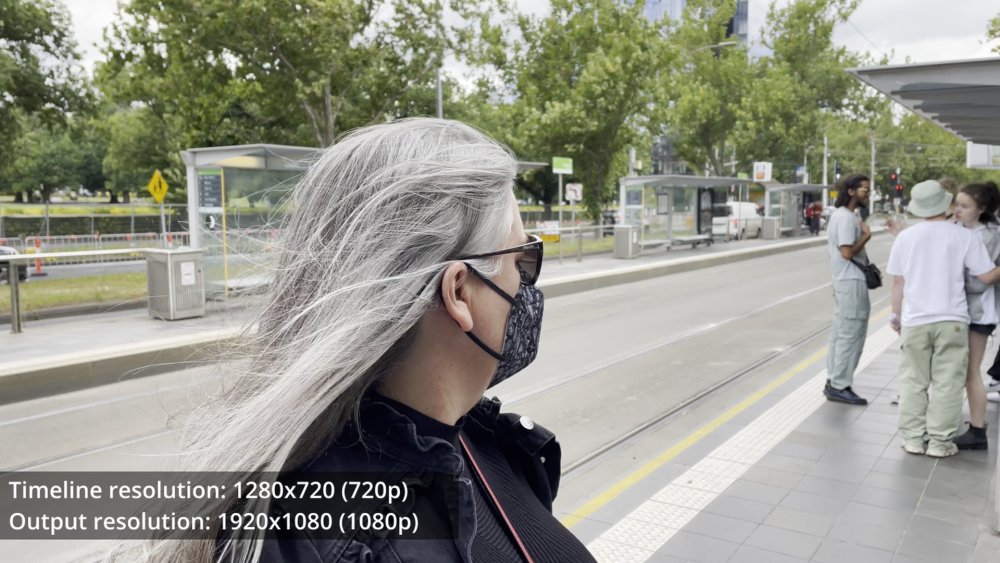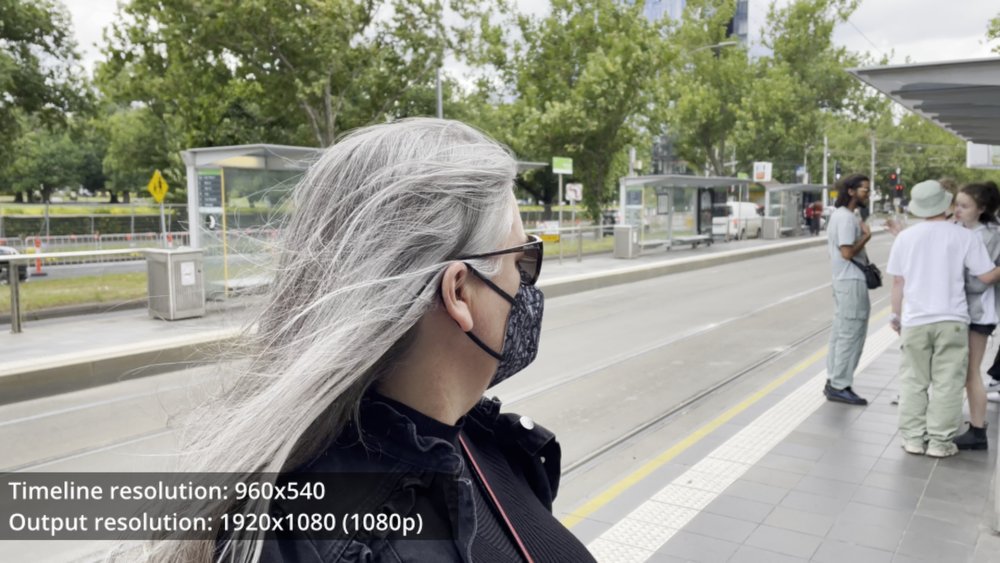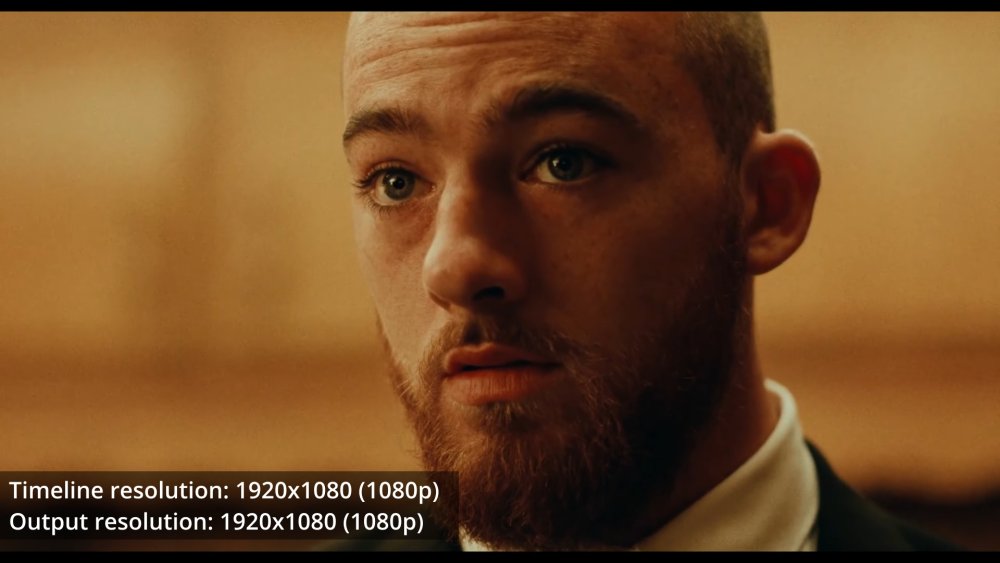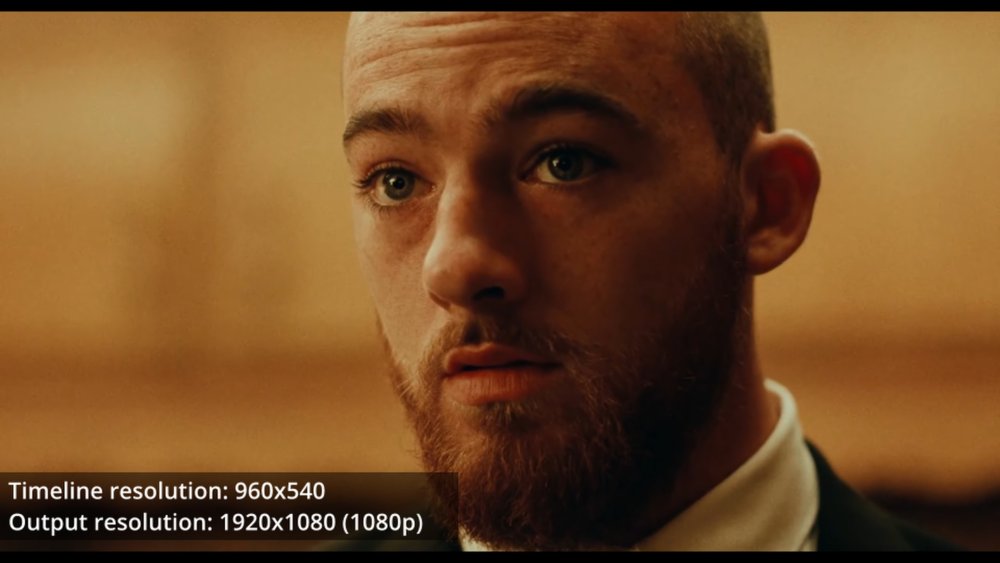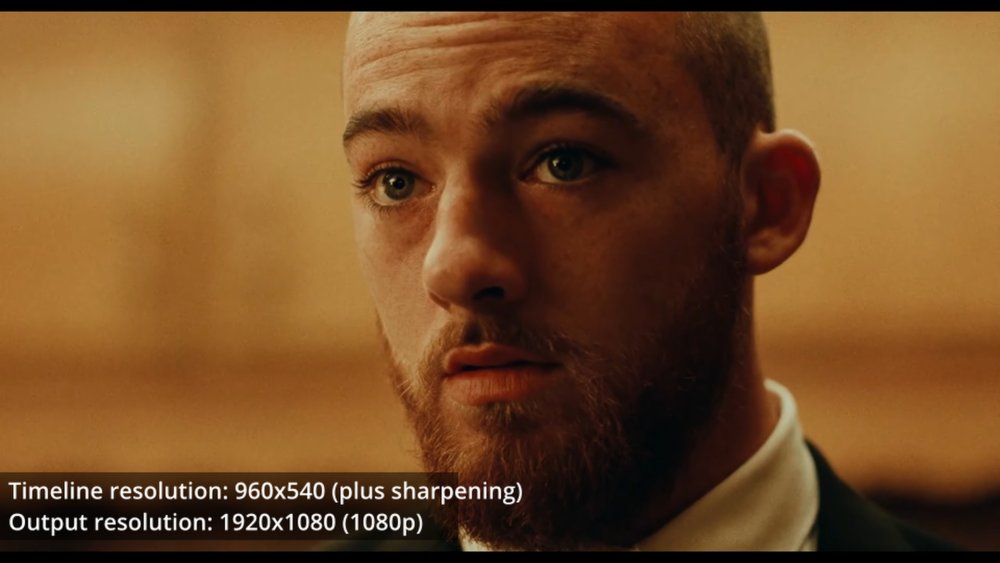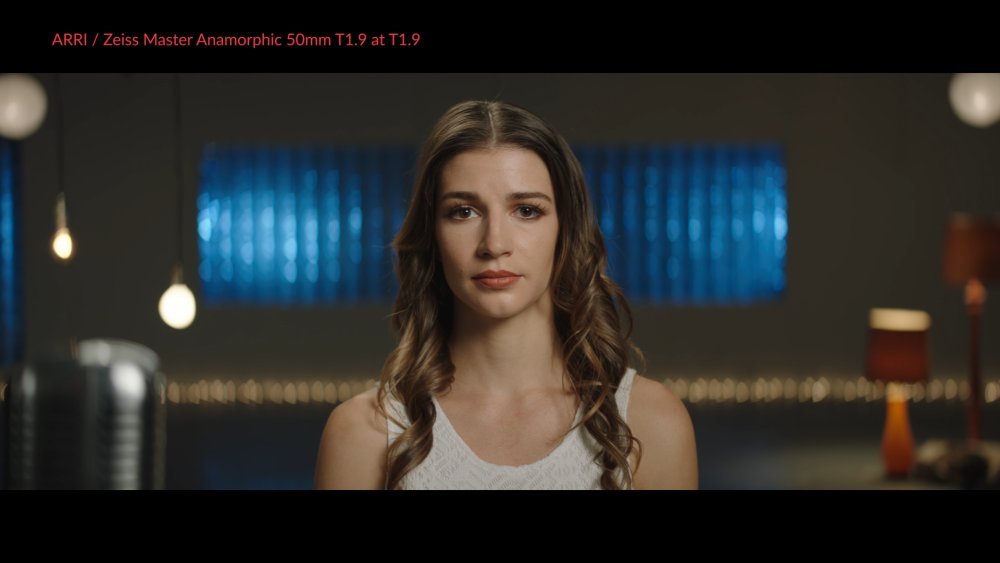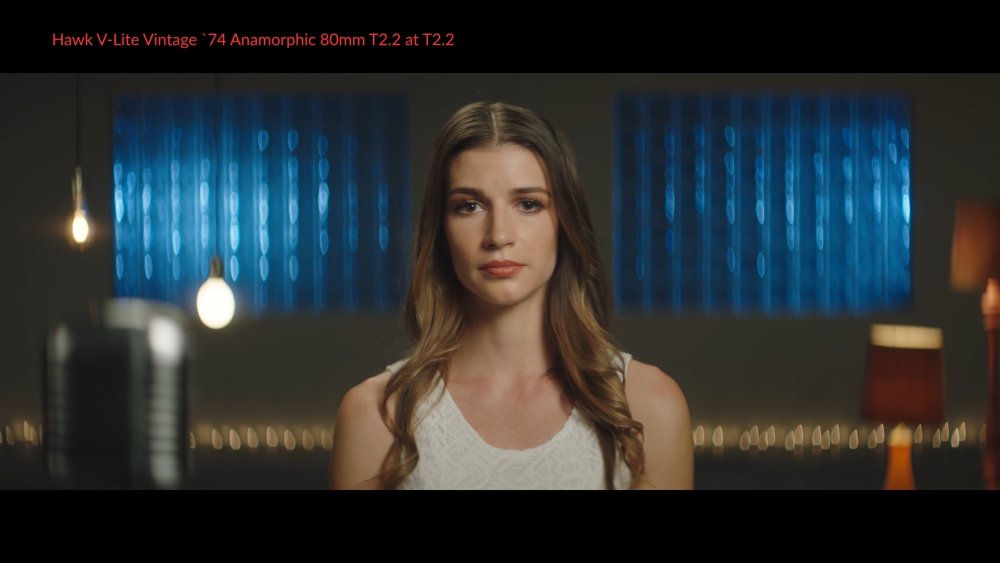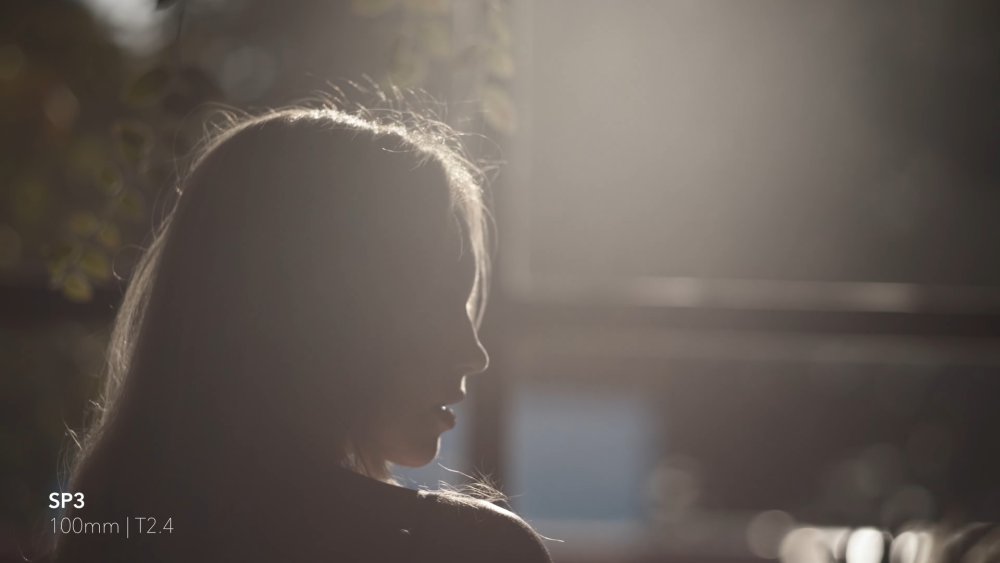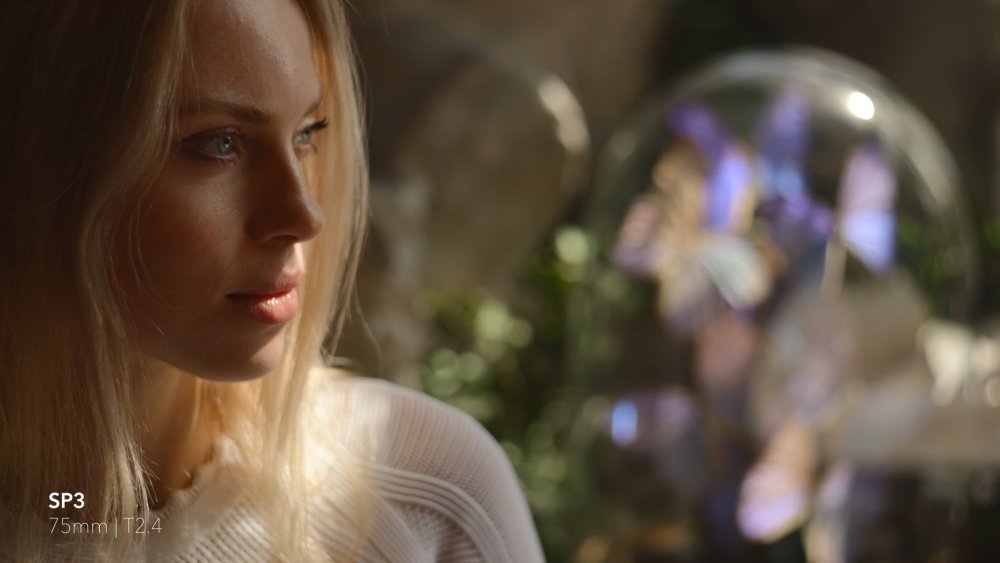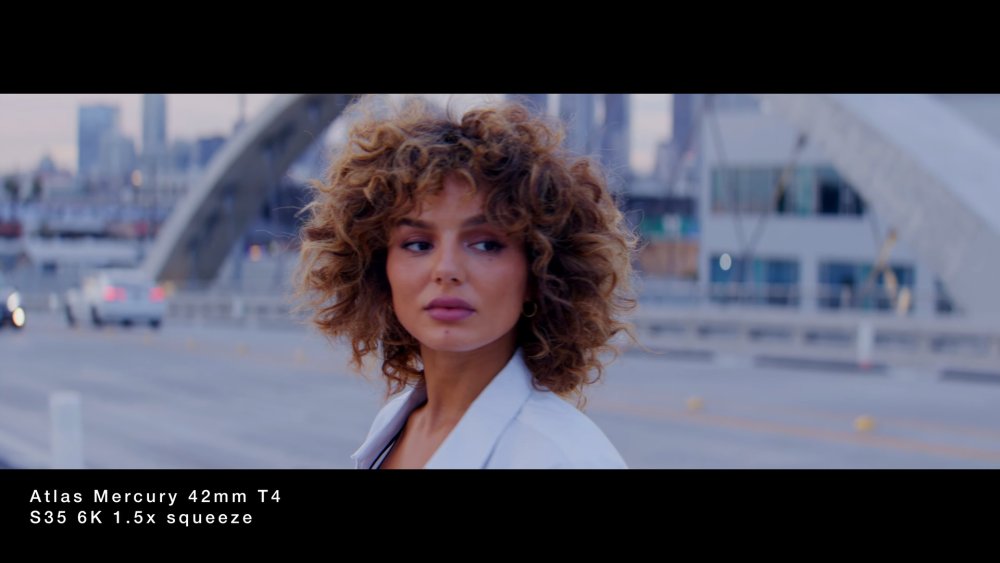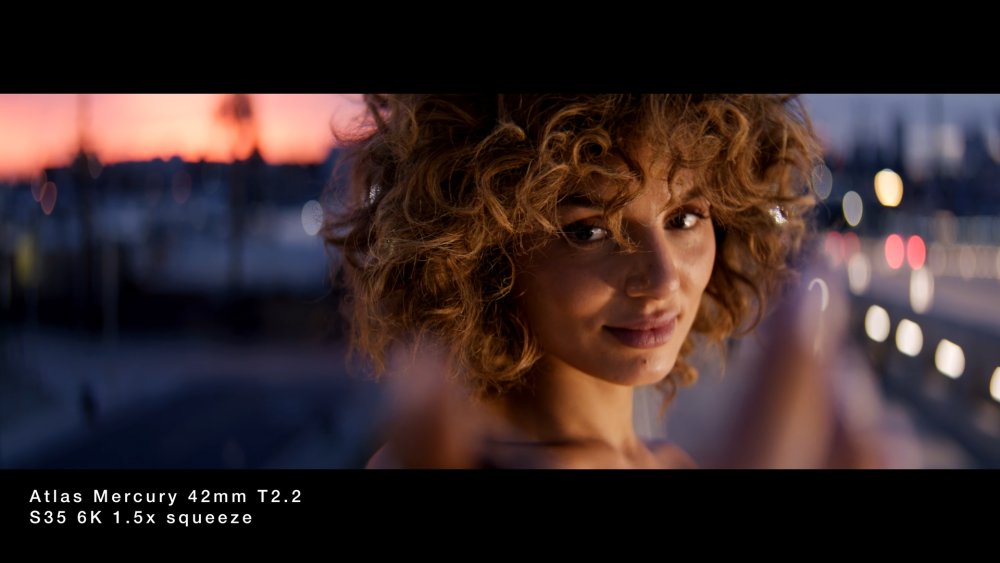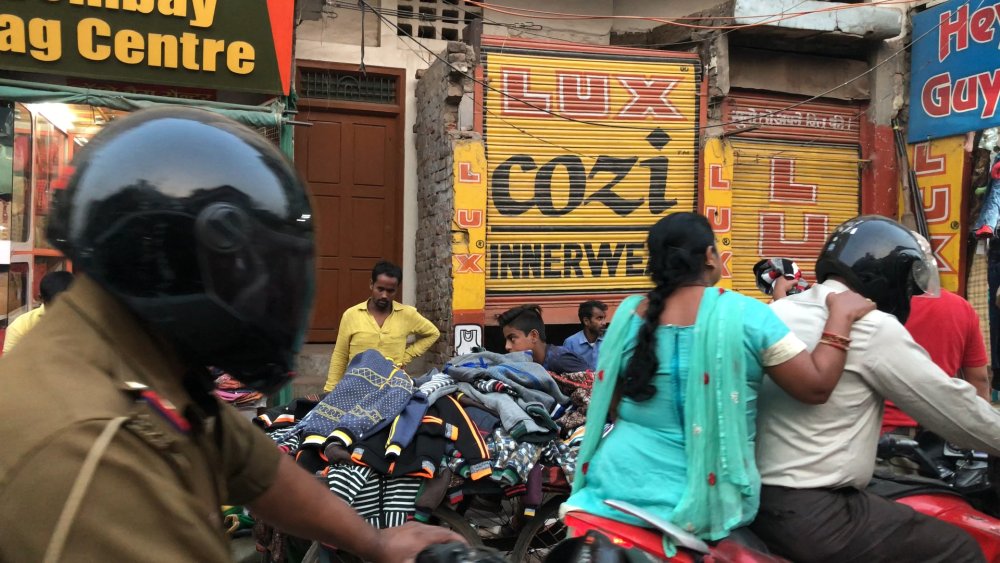-
Posts
7,835 -
Joined
-
Last visited
Content Type
Profiles
Forums
Articles
Everything posted by kye
-
To make stills from video files?
-
Interesting. As you say, likely just a bug in Resolve for this metadata. Although, if you're shooting in RAW then one would hope that you're colour grading the footage with sufficient sophistication that you can adjust the WB appropriately. Also, it would only be a problem if you changed profiles during the shoot, otherwise shots should be consistent with each other and it would just be a look, rather than an issue to deal with in the grade.
-
It's also worth pointing out that I've played the game of Difference blending mode before, and tried to replicate images using that mode alone, by matching the response across smaller and larger blur sizes. Sadly, it didn't work.
-
I used the built-in soften/sharpen thingy in Resolve for that one, and I think this was 4 clicks of sharpening, and 3 and 5 were definitely not right! There have been some feature requests to give more granular control on that one!! This was the video with the shot in it... 35s mark: I mean, maybe the discussion went like this... "All I could get was an SD quality shot of this guy - can we get a better version?" ... "Nah, it's only for our demo reel, just upload it, image quality isn't that important". .... but I don't think so!
-
LOL, well put!
-
One thing I've been experimenting with is to simply lower the timeline resolution, and then upscale on export. Not only does this smooth over the fine detail, but it means there's less pixels being processed in the NLE, so double-bonus! Here's a comparison from that iPhone shot. This provides a hard-limit on the amount of fine detail in the shot, and is a pretty extreme thing to do, especially considering that 960x540 is one quarter the resolution of 1080p, one sixteenth the resolution of 4K, and less than 2% of the resolution of 8K! But it's not as awful as you might think, here's that shot from the Cooke SP3 promo video again: There is a difference, but it's incredibly minor, and more likely to just be smoothing rather than removing detail. What happens if we add sharpening? I can't tell any difference between that and the original, maybe you can, but it's not creatively relevant. So, does the above image, which is on the promo from one of the premier lens companies in the world, have a resolution approaching SD (480p)? Yes, yes it does. Is this a bad thing? No, it's a creative choice. Would I go this far in my own projects? I haven't answered this definitely yet, but I think it's probably a bit too far for my goals of creating a non-video look, but it's an interesting thing to observe. There are lots of other ways to control resolution and sharpness, and I'll be covering those too, but this one has the distinct advantage of making my computer more powerful, so it's a fun one!
-
Going in a different direction slightly, let's eliminate some variables and look at some controlled tests. Luckily the absolutely spectacular YT channel ShareGrid has hundreds of lens tests on their controlled setup, so we can compare.. https://www.youtube.com/@ShareGrid Here's one of the highest quality lenses, the Zeiss Master Anamorphic: it looks detailed and clean, even wide open. Contrast that to the image of the Hawk V-Lite Anamorphics... No, this isn't motion blur - that's how the lens actually is. You might be thinking that this is just a relic of history, but you'd be wrong. These were used on: 13 Reasons Why (2017) Atomic Blonde (2017) John Wick (2014) Serious films with serious budgets that could have chosen other lenses, but used these. I think this shows we have some serious latitude in terms of resolution and sharpness.
-
There is an optimum resolution and sharpness. More is not always better. This is why movies aren't all shot with the highest MTF lenses currently available - DoPs choose the optimal lenses and apertures for the scene / project. However, I shoot with cheap cameras (iPhone, GX85, GH5, etc) which are far too sharp, and look video-ish. Luckily, we can reduce this in post. This thread is me trying to work out: What the range of optimal resolution / sharpnesses are actually out there (from serious professionals, not moronic camera YouTubers or internet forum pedants) What might be a good point to aim for How I might treat iPhone / GX85 / other cheap shitty video-looking footage so it looks the least video it can be These techniques will likely apply to all semi-decent consumer cameras, and should be able to be adjusted to taste. I'm still at the beginning of this journey, and am still working out how to even tackle it, but I thought I'd start with some examples of what we're talking about. Reference stills from the Atlas Lens Co demos from their official YT channel, shot on Komodo and uploaded 6 months ago: (You have to click on these images to expand them, otherwise you're just looking at the forum compression...) Reference stills from the Cooke SP3 demos from the official Cooke YT channel, uploaded 11 days ago: I've deliberately chosen frames that have fine detail (especially fly-away hair lit with a significant contrast to what is behind it), in perfect focus, with zero motion blur. I think this is the most revealing as it tends to be the thing that is right at the limits of the optical system. So, what are we seeing here? We're seeing things in focus, with reasonable fine detail. It doesn't look SHARP, it doesn't look BLURRED, it doesn't look VINTAGE, it doesn't overly look MODERN (to me at least) and doesn't look UNNATURAL. It looks nice, and it definitely looks high quality and makes me want to own the camera/lens combo (!) but it basically looks neutral. But, that's not always the case. This is also from the same Cooke SP3 promo video: The fine detail is gone, despite there being lots of it in the scene. Is this the lens? Is this the post-pipeline? We don't know, but it's a desirable enough image for Cooke (one of the premier cinema lens manufacturers in the world) to put it in their 2.5 minute demo reel on their official main page. It also has a bit more feel than the previous images. Contrast that with these SOOC shots from my iPhone 12 Mini: I mean.... seriously! (If you're not basically dry-wrenching then you haven't opened the image up to view it full-screen.. the compressed in-line images are very tastefully smoothed over by the compression) More: and my X3000 action camera also has this problem: Those with long memories will recall I've been down this road before, but I feel like I have gained enough knowledge to be able to have a decent stab at it this time. We'll see anyway. Follow along if you're open to the idea that more isn't better...
-
Ah, I thought there was a second capsule in the end, obviously I didn't look hard enough! That makes sense, as you could use any shotgun, but need this special design for the Side part.
-
Are you referring to the 3 RAW clips they provide? Did you compare the footage to P6K footage also from BM? Did you also compare to the UMP12K? I ask because so much of what we see online now is just differences in the skill level of the colourist rather than the camera. When I can look at test clips online and know how I would grade it to make it better, you know you're in trouble, but that's all too common unfortunately!
-
Regarding the softness you experienced, is it linked to the Log profile perhaps? The reason I suggest this is that I've found the same thing on the XC10 (which has it when shooting C-Log in 8-bit) so if the GoPro is shooting log in 10-bit vs non-log in 10-bit then that might be flatter and what you're seeing. Interestingly the bitrate didn't matter with that because the XC10 was in the 300Mbps mode, but still suffered from the quantisation. Maybe try a few test shots in the different colour profiles and see what differences there are between them.
-
Far too expensive for my purposes, but it is encouraging to see an M-S mic. Why would you want a pair of them though.. aren't they stereo if you mix in the second channel in post? Or is the second one for a safety channel at a lower gain?
-
The new camera is full-frame, so the crop-factor should be 1.
-
Yeah, I've run into people who thought that the P4K was the OG BMPCC. I've also started to run into professionals like doctors etc who are waaaay younger than I am. Soon I'll look around and the world will be being run by toddlers...
-
Yes, the video from the iPhone is no match for the RAW android video. I suspect the BM camera app will be subject to all the same image processing that the normal app is subject to, just with adjustable compression ratios. I'd love to be proven wrong, but I haven't seen any examples of third-party apps having less processing than the default app.
-
Good point and I think it's one I have gradually been becoming aware of. It's a funny thing, when I was using the GH5 I got used to using the EVF, but since swapping back to the GX85 I went back to using the screen. Looking back on it, I think I used the GH5 EVF partly because it provides a third point of contact for stabilising things, and I suspect partly because the flippy screen is a bit of a pain to tilt because you have to pull it out to the side first and then it sort-of gets in the way if your left hand is cradling the camera and operating the lens. I have vague memories about thinking it felt odd to swap to the EVF when I did that, and then that it was odd to go back to using the screen when I changed back, but after you get used to something then it becomes second nature. I definitely notice that people immediately look at you when you raise a camera to your eye...
-
Do people say "P6K" when they mean the Pro version? I haven't seen it, but maybe it's something I've missed. But yes, confusion! Yes, that would be quite a good implementation. A bit messier in the rig, but still not ridiculous. I saw a discussion video online that was saying their app was iPhone only and didn't control their other cameras, but it does raise the potential for their app to be expanded to also be able to connect and remotely monitor and control other cameras, which would be pretty good. I'd go so far as to say that the app might have even started as a remote control app where they decided to allow it to use the iPhone camera, which then got rolled out in the first version. I don't have a deep understanding of their live switching options, but what I do know about it is very impressive and if I was a live streamer / podcaster then it would be my first call to put together a setup. The BM cameras aren't a good fit for what I do because they're not really designed for people like me, but it does seem that they really nail it for their target customers. Absolutely! I had Filmic Pro installed on my phone from ages ago and recently updated it and opened it up and saw it wanted to charge me for just using it, even though I had previously bought it outright. Let's just say it got removed from my phone pretty darn quickly after that discovery! "Don't let the door smack you in the ass on your way out!" Oh wow, that's a pretty aggressive move in the ecosystem wars! BM is also notable for not supporting Prores RAW in Resolve too, essentially forcing Resolve folks to either convert their files or switch to BRAW. I'd be curious to see what the equivalent bitrate BRAW file was like compared to Prores - I suspect it might be similar quality. If I ended up with a more modern camera I'd be trying this as a first step. BRAW provides a "custom non‑linear 12‑bit space designed to provide the maximum amount of color data and dynamic range" which is something only Prores 4444 etc can provide, so shooting BRAW gives the extra bit depth that Prores typically doesn't on these cameras. Prores HQ in UHD is ~700Mbps, and BRAW UHD 5:1 is about ~670Mbps. So BRAW goes to a higher bitrate than most Prores implementations (in the BRAW 3:1 mode), and also goes lower (Prores Proxy UHD is ~150Mbps and Prores LT is 328Mbps and BRAW 12:1 is about 280Mbps, so in the middle of those two).
-
Interesting! I did scour the product page and specs hoping for a wifi interface and an associated control app, but alas. It also uses the USB-C port for ethernet control, so if you're recording over the USB-C you can't use it for control as well. The alternative would be to have a SDI recorder/monitor and use the USB-C as a controller, but that's a significant step-up in cost for the recorder. Of course, if you paired it with a BM Video Assist recorder then that would be a sweet package for those who can deal with rigged-up camera packages.
-
I just downloaded it.. it has shutter angle!
-
Can you use the new Micro Studio Camera as a 4K60 stand-alone camera? https://www.blackmagicdesign.com/uk/products/blackmagicmicrostudiocamera It has a battery backup, so can you just run it from the battery permanently? It can record BRAW to USB, it has HDMI out for monitoring (like the previous model).
-
Just looking at the iPhone app, and there are some interesting things in here..... https://www.blackmagicdesign.com/uk/products/blackmagiccamera/techspecs/W-APP-01 Apple ProRes 4444 Automatically generates 1920 x 1080 HD HEVC proxy files for each recording 24fps, 25fps, 30fps, 48fps, 50fps, 60fps False Color Guides Display LUT Guides Timecode Recording - Record Run or Time of Day (TOD) timecode Some of these are likely dependent on specific iPhone models, but it looks like they've been digging into the iPhone camera spec and simply unlocking everything they think would be useful? Then I'd just need to figure out how to launch an app without it taking 17 steps - the default one is on the Lock Screen FFS.
-
😆😆😆 Love your work, as always!! Looks like they've left room for the Pro version to be released in next-years new camera announcement.. unless you can't fit a FF sensor and ND mechanism into that chassis? Of course, the real issue is the acronyms! P6K could be referring to the old S35 6K model or the new FF model, or the new S35 G2 model where the person dropped the G2 part for brevity! Oh the confusion!!
-
I really hope that you're wrong, but your points make sense and it might simply be how the economics play out. I'd hope that even if they released an updated GX camera, they could retain the same body/battery/EVF/etc, but offer improved bitrates / frame-rates / profiles. A GX95 that took advantage of most/all of the modes on the new sensors would be wonderful. In terms of the idea that smartphones killed cameras of this size, it's a fundamental misunderstanding of how things work, but one that the industry seems to make time and again.... the idea that serious people want a large camera and people who want a small camera don't want quality. I shoot with the GX85 and iPhone 12 Mini, and I can assure you, the difference in image quality is night and day. What do I mean by night and day? I mean, the image quality of the GX85 shooting at night is better than the iPhone shooting during the day!
-
This is my impression as well, and the main difference between the G and GX style bodies that I see. Even the width isn't so bad considering that the minimum width of your camera when viewed from the front is the width of the lens + the width of your hand on the grip-side. A seriously low-profile shotgun mic would be spectacular as well - all the commercial offerings are all dramatically larger than they need to be, except perhaps that Sony hot-shoe one which seems to be more compact.
-
I did note this from a few weeks ago: https://ymcinema.com/2023/08/24/panasonic-develops-a-variable-built-in-electronic-nd-filter/ Who knows what camera that's destined for, but at least they're thinking about it. The more I think about it, the more I think the G9 looks like an "Oh shit, the GH6 is tanking... what can we super quickly get out there to keep MFT folks in the system?"




